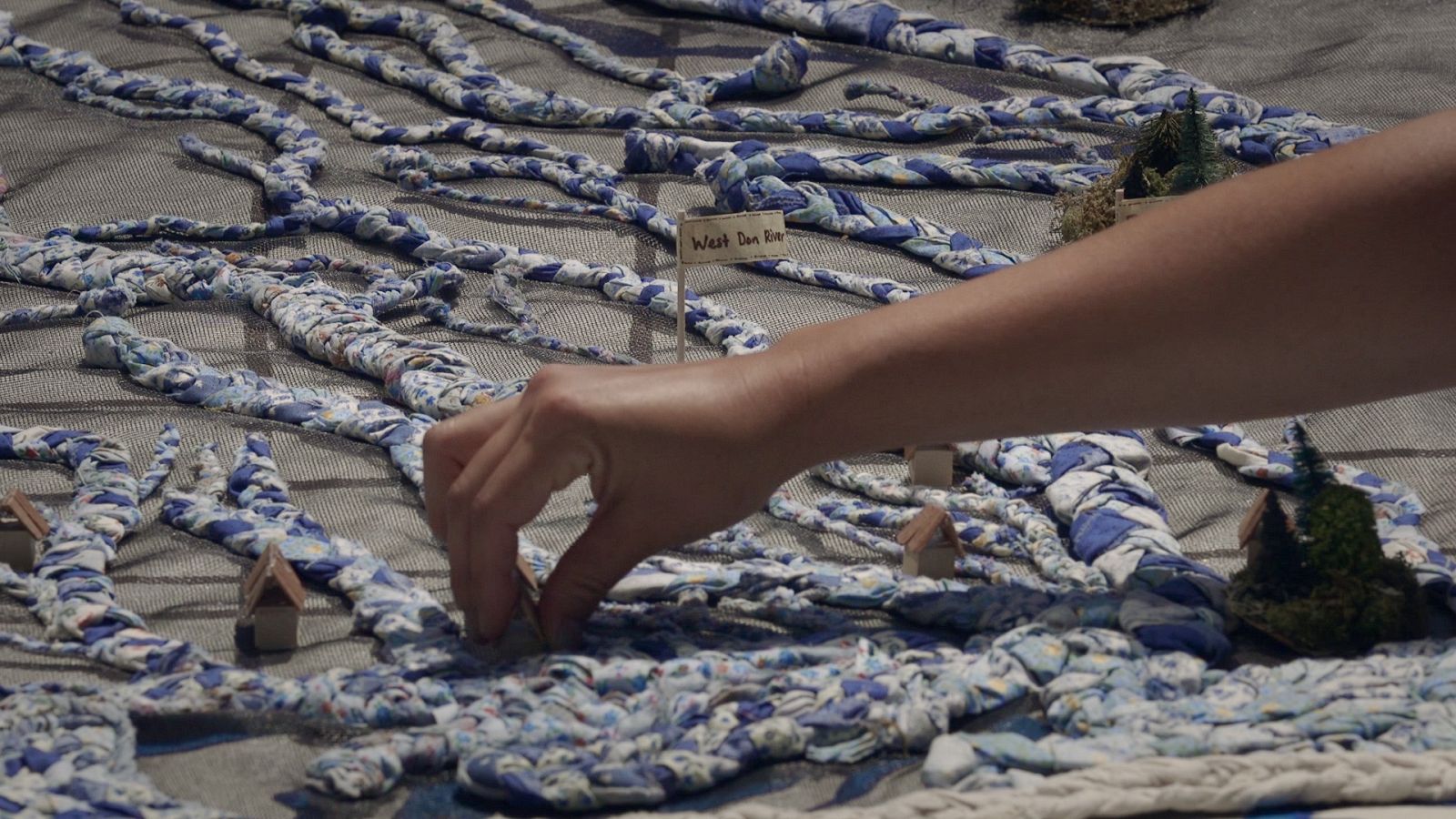Curator Ieva Astahovska developed this proposal during the Summer 2011 Curatorial Intensive in New York.
The future still exists, we just stopped dreaming about it.
–Andrzej Leder
Visionary Worlds is an exhibition about visionary and utopian realities existing in imagination rather than in the real world, yet essentially illuminating limits of the real world. The exhibition focuses on how the concept of visionarism and imagination about future realities has changed from the past forty years until today.
The exhibition compiles together works by artists distant in their time and space. It provokes dialogues between different ages, different geographies and different codes in perception of art and reality. It includes artists who prefer aesthetic qualities and metaphors, or quite differently, ironic and critical approaches based in deconstruction, and try to radically revise the existing states of things.
The exhibition lifts into the contemporary gaze artworks from the recent past, particularly avant-garde art from the Baltic States and Russia, which were part of the former USSR. “Visionary worlds” appeared in this region as experimental synthesis of art, architecture and design and showed discrepancies of the system and the epoch, deviating both from the real space and the leading aesthetics.
At the same time this exhibition presents an opposite move – the opportunity to perceive contemporary art through the retrospect of the region which is worthy to be acquainted with, yet which is little known in the history of international contemporary art.
Through categories such as imagination, geography, space, environment and architecture, these works invite and also indirectly explore social and political dimensions in the past and now – the context of Cold War which was based in external oppositions (communism vs. capitalism, USSR vs. USA) , and todays world’s lack of strong reference points, when confrontation between two ideological systems (“two words”) has dissolved. Thereby, this exhibition uncovers less recognized affinities between art that exists in different coordinates of time and space.
Behind the Iron Wall, on the side of USSR, visionary works were rarely openly critical. More often, they used poetical and metaphoric way of expression. They mirrored the principles that dominated in the region and consequently the apolitical aspects of art were directly based in political and ideological contexts. After the fall of the Iron Wall, separation between different worlds dissolved and visionary worlds changed. Today they are much more hybrid, fragile and ambiguous than those existing in the past.
The exhibition Visionary Worlds includes twelve international artworks made in various media – installations, photographs, video works, objects, environments. Half of them represent avant-garde scenes from the 60s and 70s in former USSR republics (present day Estonia, Latvia, and Russia). The other half are works, made in the last decade, and the geography of their creation does not play a determinant role anymore.
Latvian artists Valdis Celms’ (*1943) and Artūrs Riņķis’ (*1942) works present poetic visions about symbiosis of man-made environment and nature. They combine kinetic abstract forms and, rhythms and constructivist tradition with sci-fi inspired visions, and the imagined world in their environmental projects appear as a better, harmonious and progressive one. Visually imaginary constructions by Russian authors Francisco Infante (*1943) and Vyacheslav Koleichuk (*1941) combine their approaches, which are conceptual and based in fantasy at the same time. Documentations of the environments by Infante provide a glimpse of the “infinite” reality of the Universe, kinetic models by Koleichuk provide one of connection between physical and metaphysical worlds. Next to these works urban proposals by Estonian artists and architects Leonhard Lapin (*1947) and Vilen Künnapu (*1948) more critically and provocatively mirror Soviet reality, which in their works is brought to grotesque unification. They invite the viewer to reshape them through spontaneity and structures which, behind visible forms, allow us to see invisible ones, filled with ‘cosmic’ dimension, and build new interaction between art and environment.
In their turn, artists today don’t visualize imaginary worlds as better ones, they rather question, review, reinterpret, deconstruct the understanding of the utopian into parts, and, it seems, are more clearly aware that creation of visionary worlds is limited by experience of existing worlds. Luca Frei (*1976) instead of utopia pictures an alternative reality which could exist under or outside of conventional system (Everything was to be done. All the adventures are still there, 2007). David Maljkovic (*1973) sees imaginary future through imaginary past – sci-fi type travel into future is seeking for lost history and identity (Scene for a New Heritage, 2007). Anouk De Clercq (*1971) shows in an ironic way that it is almost impossible to get in contact with a world which may exist in other space and time – its constant disturbance, impossible communication and fumbling in the dark (Oops wrong planet, 2009). Kristīne Alksne (*1979) and Francesco Simeti (*1968) build imaginary worlds from existing forms and fragments of things which are both free from their original information and, in close-ups, show that the new imagery is created from ruined reality. Kris Verdonk’s (*1974) future world is inhabited by marionette-like creatures and is closer to a dystopia than a projection of a better future.
However all the works in Visionary Worlds are neither confront nor dismiss the concept of vision. Instead, they build subjective dialogues, parallels, nettings and layers which flow over each other.
Learn More
To learn more about this proposal please email Ieva Astahovska at ieva_ast@inbox.lv. To learn more about the Curatorial Intensive email info@curatorsintl.org.






